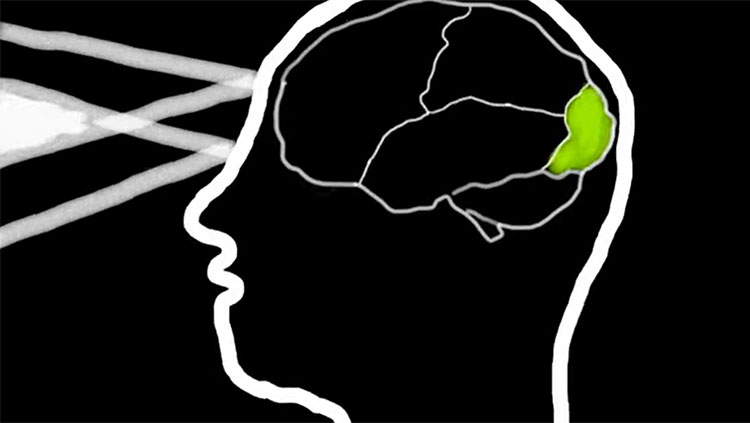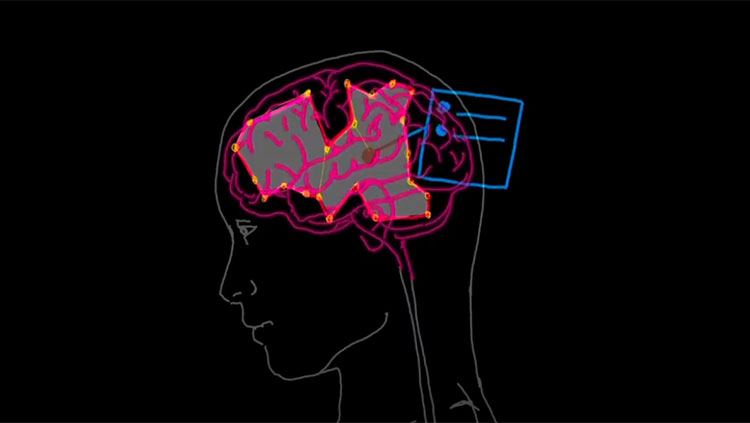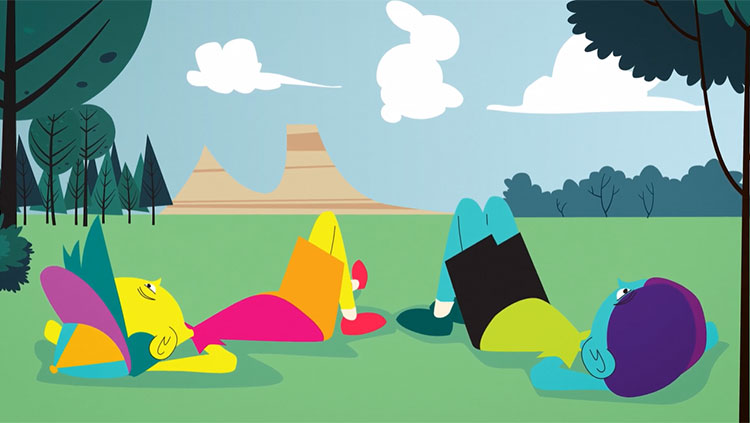Perception, Your Personal Matrix
- Published10 Oct 2023
- Source BrainFacts/SfN
Perception is subjective. Our perceptions help us understand why two people can look at the same apple and one will call it red while another might say it's a brownish red, depending on the sensitivity of their photoreceptors. Our biology, culture, and past experiences can shape our perception. And even when data is missing, our brains can fill in the gaps based on previous experiences and expectations, altering how we view reality.
This is a video from the 2023 Brain Awareness Video Contest.
Created by Aalima Shabeeb.
CONTENT PROVIDED BY
BrainFacts/SfN
Transcript
Perception is our brain's way of understanding the world around us. It does so by taking sensory input using nerve cells called receptors, and then interpreting that information to make sense of it.
Different receptors take in different sensory information. Mechanoreceptors in the skin respond to touch, photo receptors to light, and chemoreceptors to tastes and smell. Once these receptors are stimulated, they generate an electrical signal, which is relayed to the thalamus, which then sends it to the appropriate area in the brain for interpretation.
The parietal lobe of the brain interprets the sensory information acquired by touch like temperature, pressure, vibration, and pain. The occipital lobe processes visual information like color and size, and the temporal lobe recognizes and processes sounds.
To understand the process better, let's look at an example. Meet my friends Bob and Lana. I gave both of them an apple and asked them to describe it for me. Bob said the apple was bright red and its texture was super rough with lots of bumps and grooves. Whereas Lana said the Apple was a dull brown color but pretty smooth.
This difference in the way Bob and Lana experienced the same apple is due to perception. Research says that this difference in color perception is caused by several factors on both the macro and micro scale. In fact, variability in color vision arises at all levels of the process of seeing, and these differences start even before light reaches the receptor. The macular pigments in our eyes and the density of the lenses in our eyes both impact the range of wavelengths of light that we can absorb. And each wavelength of light that falls within the range of 400 to 700 nanometers has its own color that we can see. Which means if we have trouble absorbing a particular wavelength, we will have trouble seeing its color too.
So we may perceive it differently, and sometimes very differently. Now, once we absorb the light, it will reach our photo receptors in our retina, which are the rods and cones. Here, the number and type of these cells present will also impact the color we perceive. The cones now generate an electrical signal affected by the light that hits them and sends this signal to our visual cortex.
And here is where the fun starts. Research shows that the way our brains interpret these signals is affected by many factors that may seem irrelevant to biology at the first glance. These factors include our national origin, ethnicity, geographical location, and even the language we speak. Mind blowing, isn't it?
Now, all of these minor alterations ultimately add up to produce significantly different perceptions of the same color, the way they did with Bob and Lana. A similar thing happened with their perceptions of the texture of the apple, too. Bob's touch receptors are extremely sensitive, which is why the tiniest of bumps and grooves on the apple were way more apparent to him than to Lana.
This means factors like sensitivity can alter the sensory input that is relayed to our brain. But that's not all. During interpretation, even our expectations and intentions jump into alter our perception. This way of interpreting the world around us has a name. It is called top-down processing. Look at this classical example. Did you say “the cat?” The second letter in each word is the same, but we can distinguish the first one as H and the second as A at a single glance because of our previous experience with the words “the” and “cat.”
Sometimes the brain even fills in information that is not there, which is called perceptual filling-in. Take the Kanizsa Triangle illusion, for instance. We perceive a white triangle on top of three black circles, even though the triangle isn't really there. Our brain fills in the missing information to create a complete image of a triangle.
Illusions like these are proof that our brain creates its own reality and that we do not always see the truth. Whatever we have ever experienced has been first influenced by the characteristics of our individual receptors and next, filtered and altered by the brain to fit its expectations and intentions.
You see, perception acts as a barrier between the real world and us. So always remember this, what we perceive is not the indomitable truth. It's only our very subjective perception, which has a margin for error. And that must be acknowledged by intelligent people. The world is a very diverse place and so is how its people view it. It's like we are all watching the same movie but with different subtitles. So the next time someone's narrative of the movie doesn't match yours, consider the fact that in the context of their subtitles, their narrative might be justified.
Goodbye and remember to stay curious.
Also In Thinking & Awareness
Trending
Popular articles on BrainFacts.org







.jpg)









